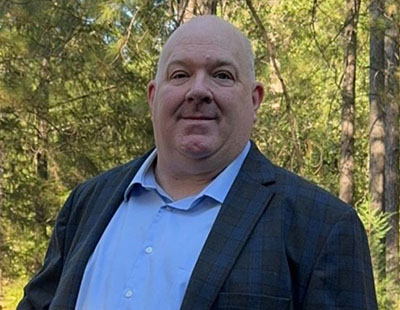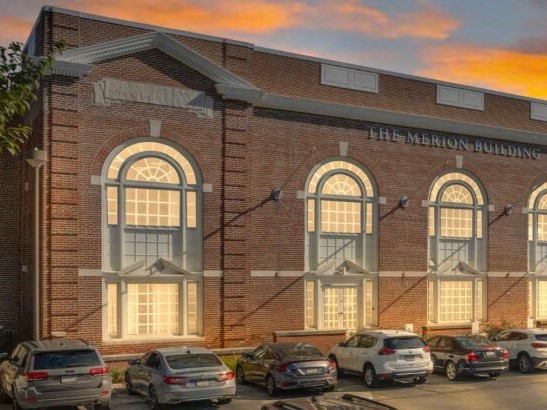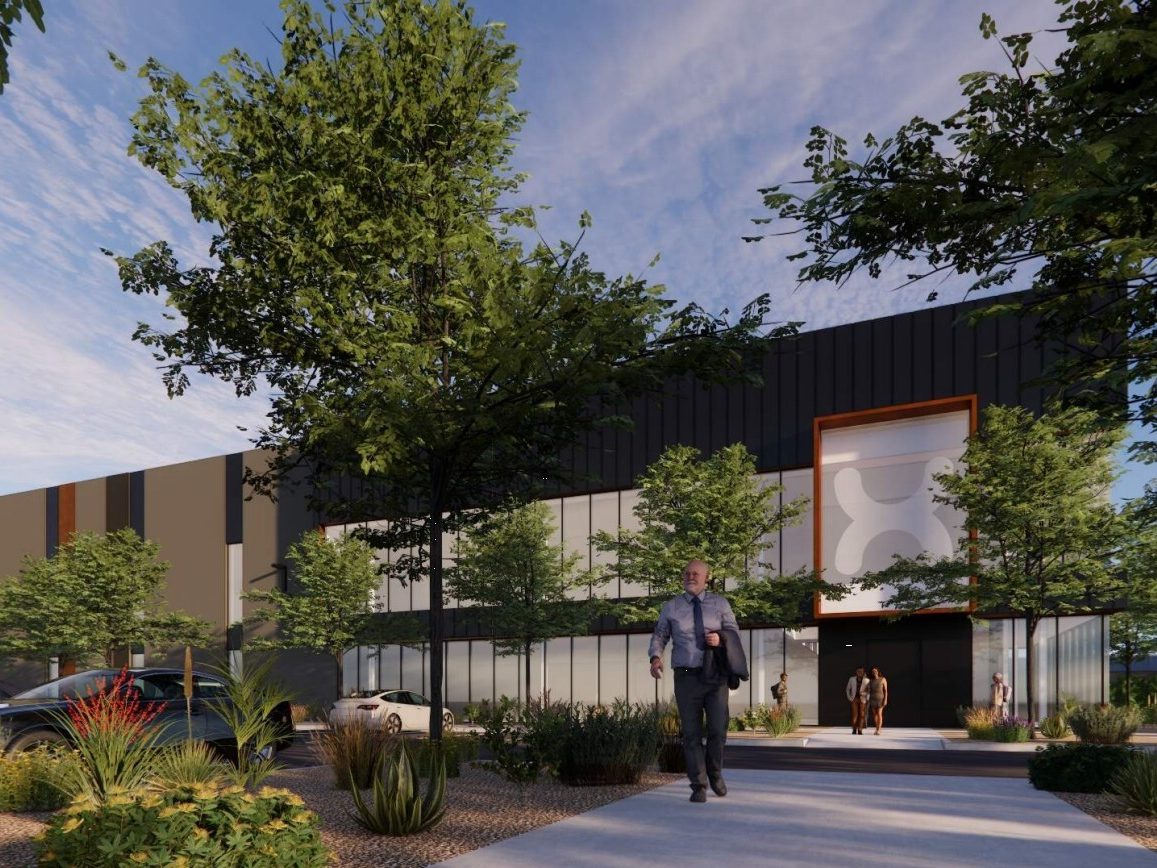What the New Jobs Report Means for CRE
In-depth analysis of the implications for interest rates and other key issues.
September data released Friday by the Bureau of Labor Statistics shows that total payroll employment rose by 336,000, a far larger number than was widely predicted. These gains were mostly seen in leisure and hospitality, followed by government; health care; professional, scientific and technical services; and social assistance. While employment data is higher than expected, other indicators are moving in the right direction.

Matt Mowell
“The labor market is still very robust but it’s not as hot as it was a year ago,” Matt Mowell, senior managing economist for CBRE’s econometric advisors unit, told Commercial Property Executive. “If you look at the pace of wage growth, it is slowing down. The duration of employment is trending up. Job openings ticked up a little in the last two months but are still trending down.”
These dynamics are contributing to an environment in which the demand for labor seems to be cooling relative to supply. Moreover, consumer spending is still rising but more slowly than earlier in the year. This trend could be interpreted by the Federal Reserve as good news in the battle against inflation.

Rebeccca Rockey
While this report will factor into the central bank’s upcoming November interest rate decision, there is a wide array of data to be considered, according to Rebecca Rockey, deputy chief economist & global head of forecasting at Cushman & Wakefield. One thing to expect is that inflation and job growth will not transition linearly, she noted.
“This report indicated ongoing resilience in the labor market that is consistent with elevated levels of wage growth and inflation,” Rockey said. Given inflation is cooling, it is a close call as to the Fed’s next moves, but she believes it is increasingly likely that another interest rate hike is ahead.
Interest rate indications
The Fed’s September meeting resulted in a pause at the target rate of 5.25 percent to 5.50 percent. Even considering that decision, the range remains the highest it has been since 2007.
Chairman Jerome Powell’s September announcement was widely perceived as a sign that further interest rate increases are ahead, or, at a minimum, that rate cuts won’t begin for a while. Stephen A. Sobin, president and founder of Select Commercial Funding LLC, believes that September employment data further solidifies this possibility.
“These (employment) numbers just corroborate that point,” he explained. “This data indicates that rates are going to stay high through 2024, at least, and into 2025. I don’t see rates coming down in the near term.”
Considering employment data came in much higher than was anticipated, expectations for further rate increases this year are growing.

Brian Coulton
“(The September employment numbers) sharply increase the likelihood of further increases in policy interest rates and a higher for longer Fed Funds path through 2024,” Brian Coulton, chief economist at Fitch Ratings, told CPE. He believes the Fed is likely to raise rates in November by 25 basis points to a range of 5.50 percent to 5.75 percent.
Ben Breslau, global chief research officer, JLL, also believes that job growth data could push the Fed to increase rates one more time, as they have previously signaled as a possibility.
“It’s not a lock yet, though, as despite strong economic growth and labor tightness, wage growth and overall inflation are moderating as the Fed wants to see and the lagged effects of already higher interest rates have yet to fully ripple through the real economy,” Breslau observed.
Details in the payroll report suggest that the labor market and economy is still strong, perhaps more than the Fed is comfortable with, according to Mowell. However, a lot of those underlying details show that the labor market is moving in the direction the Fed is looking for. As a result, Mowell interprets the jobs data to suggest that a rate hike next month is relatively unlikely.
“We think the Fed is going to sit tight in November,” Mowell said. “Why raise rates when I think the market is going to do it for us?”
The near- and far-term CRE impacts
Whichever way the Fed heads, one more interest rate hike this year would not change where Rockey anticipates sales and pricing to head in the fourth quarter. “Frankly, on the margin, maybe (one further rate hike) would makes things a little tougher, but the reality is that the market is experiencing a melee of challenges, from tightening underwriting standards, decelerating growth (broadly speaking), a higher long-end on the yield curve and probably most important of all—a lot of uncertainty about what is next,” she said.

Ben Breslau
Breslau similarly believes that the impacts on CRE are less about what the Fed does next, considering that the “higher for longer” message has been more or less priced into the market. “But there are questions remaining about growth versus recession, where the structural floor for inflation might be, and supply and demand dynamics for Treasuries and fixed income overall that will impact the cost of capital,” he noted.
Regarding the implications of the employment situation on CRE, along with capital the most widely discussed issue is the impact of high interest rates on the bid-ask spread. As buyers and sellers wait for more certainty on property valuations, deal flow is limited. Sobin believes that the Bureau of Labor Statistics’ data is adding to nervousness in the market as uncertainty continues over the Fed’s future actions.

Stephen A. Sobin
“Sellers aren’t selling, buyers aren’t buying,” Sobin said. “Everyone is waiting because no one knows what to expect and this just adds further uncertainty to the market.” For sellers to resume activity, many want to see lower cap rates to maximize the value of their assets. Buyers are looking for prices to come down. Further, interest rates are rising alongside an increase in expenses.
According to Coulton, the jobs report increases the prospect of the 10-year U.S. Treasury yield moving above 5 percent. “This will have knock-on impacts on financial assets globally and yields on other assets will need to rise,” he said. “All else equal that would mean downward pressure on asset prices.”
While there is likely more uncertainty on how to price assets in the very near term, CRE has had a lot of practice so far dealing with market disruption from interest rates. Depending upon the perspective, the employment data can be good or bad news. Where there is resilience so far, there is an expectation that hiring and consumer spending will slow, Breslau explained. “The jobs beat is a reminder that we have a structural labor shortage in many areas that should help continue to support CRE demand as well,” he said.
“This is a classic example of where good economic news is bad news for the interest-rate sensitive sectors like real estate,” Mowell said. Yet, he is anticipating that there is stabilization to be felt soon, perhaps in the first half of 2024. “I believe things are slowing down,” Mowell said. “That is going to settle down some of this volatility we’re seeing in capital markets and give the commercial real estate sector the kind of stability it needs to plan for the future.”







You must be logged in to post a comment.